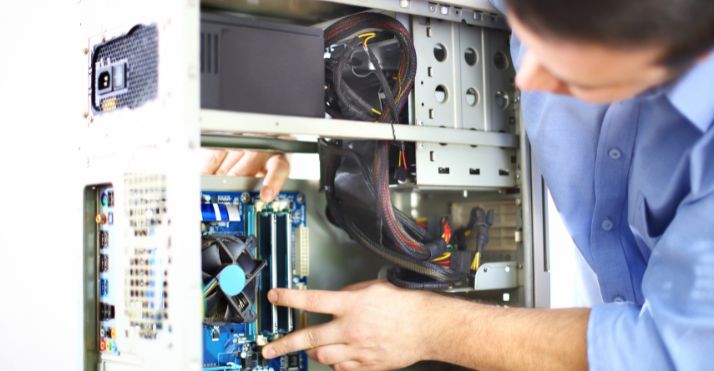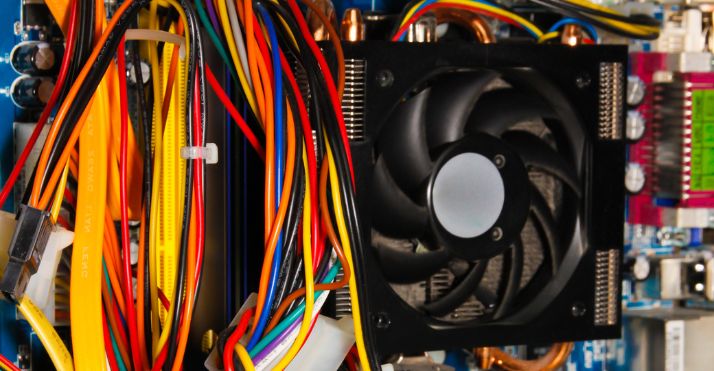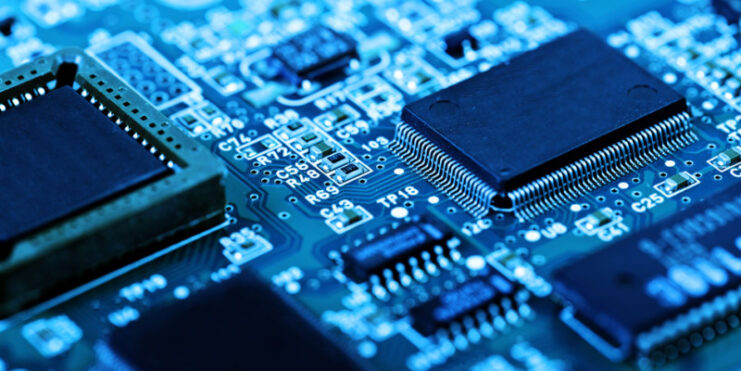When it comes to upgrading or troubleshooting your PC, understanding your motherboard model is crucial. The motherboard is the backbone of your computer, determining the compatibility of various PC components.
It affects everything from the type of RAM and storage you can use to the kind of PCIe accessories, RGB ecosystems, and CPU upgrades you can implement.
Knowing your motherboard’s specifications is essential for ensuring that any new components you plan to add will work seamlessly with your existing hardware.
Methods to Identify a Motherboard
Fortunately, identifying my motherboard is possible with numerous options. Let me provide you with the most effective ones.
1. Using Built-in Windows Tools
Discovering your motherboard model using the built-in tools provided by Windows is a straightforward process that can be accomplished without any additional software. The System Information utility in Windows is a particularly useful feature for this purpose.
It offers a comprehensive overview of your PC’s hardware, including crucial details about your motherboard.
| Aspect | Details |
|---|---|
| Accessing System Information | Open “System Information” via the Start Menu to view PC component details. User-friendly for all users. |
| Locating Motherboard Information | Find motherboard details like manufacturer and model in the “BaseBoard” section of System Information. |
| Limitations of System Information | May not fully identify proprietary motherboards, especially in prebuilt PCs. |
| Alternative Methods for Proprietary Systems | For proprietary systems, check PC documentation, the manufacturer’s website, or use third-party software. |
2. Command Prompt Method
For those comfortable with using the Command Prompt, retrieving your motherboard model can be a quick and straightforward process. Simply open the Command Prompt and enter the command: wmic baseboard get product, Manufacturer.
This command will return the product name and manufacturer of your motherboard, giving you a clear idea of your hardware specifications.
3. Third-Party Software Options
Programs like HWInfo and CPU-Z are highly regarded in the tech community for their ability to delve deeper into the intricacies of PC hardware. These tools are designed to offer a more exhaustive look at your system, making them indispensable for those who need detailed insights into their PC components.
- HWInfo: This software is known for its comprehensive data reporting. HWInfo is particularly useful for users who are into overclocking or monitoring their system’s health, as it gives detailed readings on temperatures, voltages, and fan speeds.
- CPU-Z: CPU-Z is another popular choice for hardware enthusiasts. It offers a wealth of information about not only the motherboard but also the CPU, RAM, and GPU.
4. Physical Inspection
The most straightforward approach to identifying your motherboard is through a physical inspection. This method becomes particularly relevant when dealing with non-functional PCs that won’t boot up, or when you’re handling a proprietary system that doesn’t play well with standard software identification methods.
Locating the Model Information
Typically, the motherboard model is printed directly on the board itself. The placement of this information can vary, but common locations include near the CPU socket, along one of the PCI slots, or sometimes on the edges of the motherboard.
The model number is usually in a prominent font and is often accompanied by the manufacturer’s logo. This direct approach can quickly provide you with the exact model and version of your motherboard.
Safety Precautions
Before you proceed with opening your PC case, it’s crucial to take certain precautions. Ensure that the computer is completely powered off and unplugged from any power source. This is not only a safety measure for you but also protects the components from potential electrostatic discharge (ESD) damage.
Warranty Considerations
Another important factor to consider is the warranty of your PC. Physically opening your computer can sometimes void the warranty, particularly with prebuilt systems and laptops. Always check the warranty terms before proceeding. If you’re unsure, it might be safer to consult with a professional or refer to the manufacturer’s support.
Considerations for Different Types of PCs

Another thing that should be said the approach you undertake will differ for types of PCs.
Prebuilt PCs
When dealing with prebuilt PCs from manufacturers like Dell or HP, the task of identifying the motherboard model can present unique challenges. These systems frequently employ proprietary motherboards, which are specifically designed for use in their branded computers.
As a result, these motherboards might not be recognized by standard software tools that typically identify more common, consumer-available models. This can make the process of determining the exact specifications and compatibility of the motherboard more complex.
Proprietary Motherboards
The use of proprietary motherboards in prebuilt systems means that they may have unique form factors, connectors, or BIOS software that are not found in standard motherboards available on the market. This can limit upgrade options and compatibility with certain PC components.
Manufacturer Resources:
To overcome these challenges, one effective approach is to refer to the product documentation provided with the PC. Manufacturers often include detailed specifications and model information in these documents. The manufacturer’s website can be a valuable resource.
Many PC makers have support sections where you can enter the serial number or model of your PC to access detailed information about its components, including the motherboard.
Laptops
Identifying the motherboard in a laptop tends to provide less information than one might obtain from a desktop PC. This is primarily due to the custom design of laptop motherboards, which are tailored to fit the specific form factor and power requirements of each model.
Unlike desktops, where motherboards follow certain standardized sizes and layouts, laptop motherboards are often unique to each model.
Custom-Designed Motherboards
The bespoke nature of laptop motherboards means that they are built to integrate seamlessly with the specific hardware and design of the laptop. This can include unique arrangements of ports, integrated components, and specialized cooling solutions. As a result, upgrading laptop components can be more restrictive compared to desktops.
Manual Checks and Online Resources
To accurately identify a laptop’s motherboard, manual checks or consultation of online resources may be necessary. In some cases, the information can be found in the system BIOS or UEFI firmware. For more detailed specifications, users may need to refer to maintenance manuals or support pages provided by the laptop manufacturer.
These resources often contain comprehensive details about the motherboard and other internal components, which can be invaluable for understanding upgrade possibilities and compatibility with additional hardware.
FAQs

How to see RAM speed?
To check your RAM speed, you can use the Task Manager in Windows. Right-click on the taskbar, select ‘Task Manager,’ go to the ‘Performance’ tab, and click on ‘Memory.’ Your RAM speed will be displayed in MHz.
What is an ITX motherboard?
An ITX motherboard is a compact motherboard form factor, smaller than ATX and mATX. It’s designed for small-form-factor PCs and is ideal for users who want to build a mini PC with limited space.
Is mATX better than ATX?
Whether mATX (Micro ATX) is better than ATX depends on your needs. mATX is smaller and usually less expensive, but with fewer expansion slots. ATX has more room for components and expansion but takes up more space. For compact builds, mATX is preferable; for expandability, ATX is better.
Is ATX better than ITX?
ATX is larger than ITX and offers more expansion slots, making it suitable for high-end gaming and professional workstations. ITX is much smaller, ideal for compact builds, and typically has fewer expansion options. ATX is better for expandability, while ITX is better for space-saving builds.
Epilogue
The type of motherboard in your PC is a crucial step for anyone looking to upgrade, troubleshoot, or simply understand their system better. Whether you opt for the convenience of built-in Windows tools, the detailed insights provided by third-party software, or the direct approach of a physical inspection, each method offers its own advantages.
For those with standard systems, software-based approaches are often sufficient and provide a hassle-free way to gather necessary information. However, in cases where these tools fall short, such as with proprietary systems or non-functional PCs, a physical inspection becomes invaluable.

